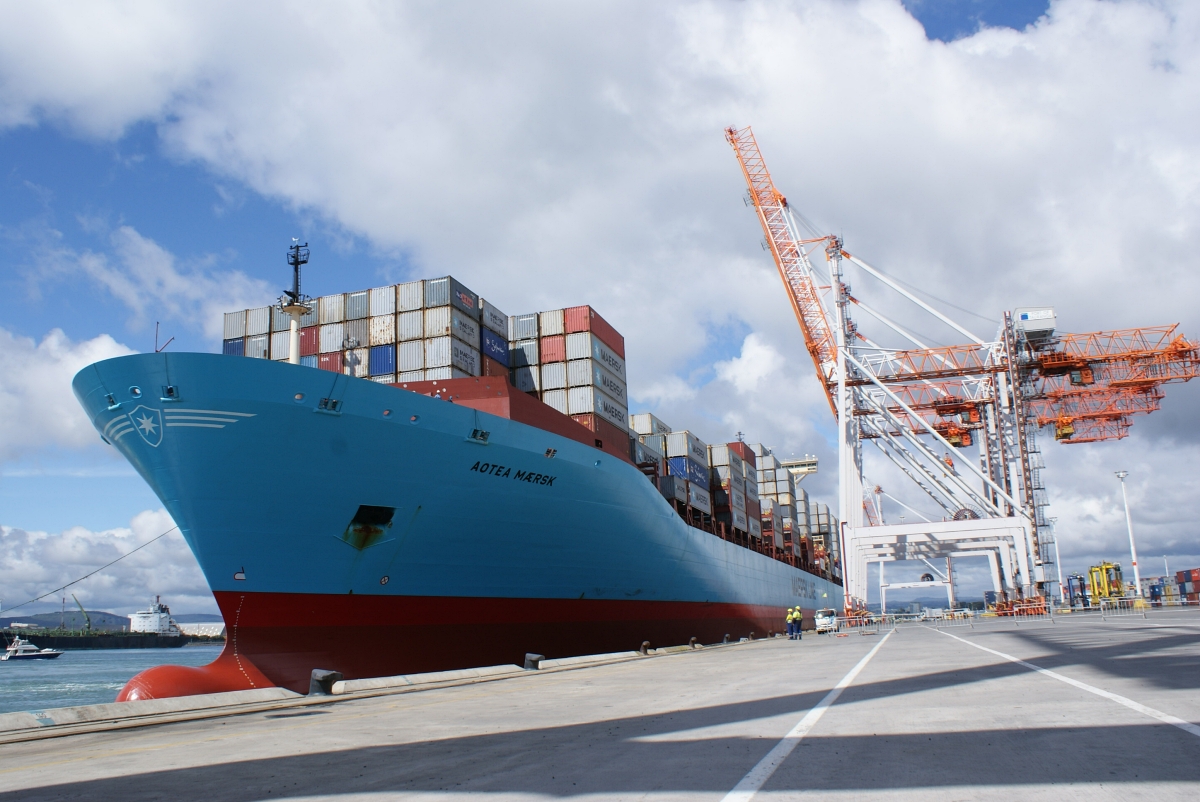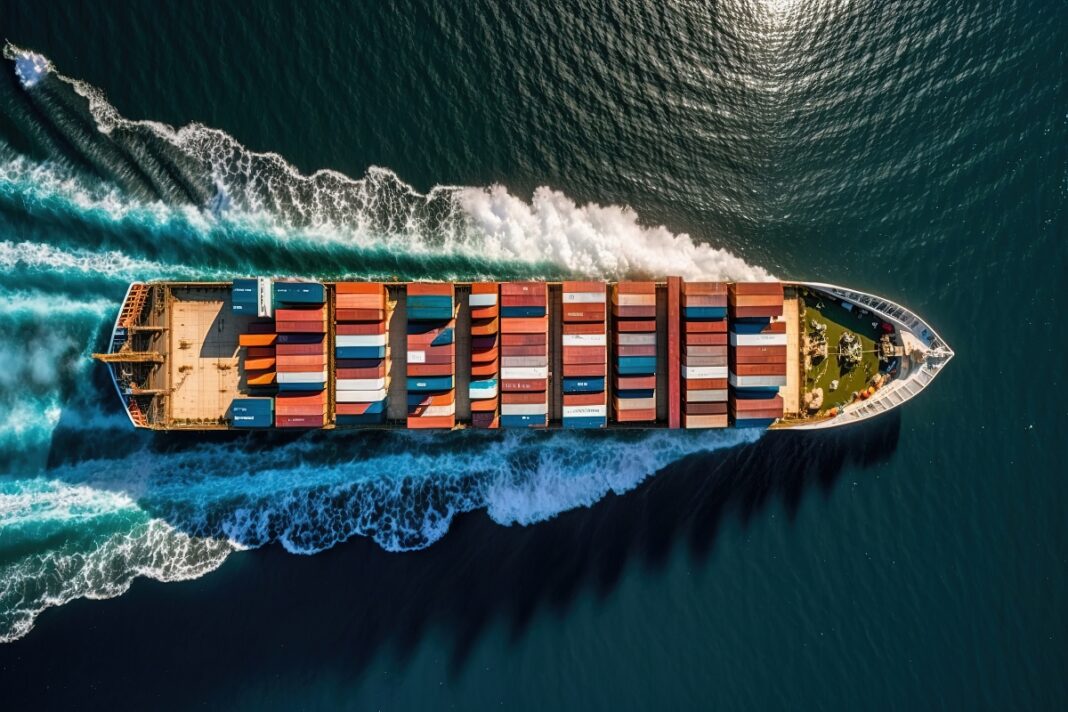Congestion at Port of Tauranga and beyond bought on by capacity limits, delays to expansion and a busy export season threaten the flow of goods out of Bay of Plenty over coming months.
David Ross CEO of Kotahi, the country’s largest supply chain company says it is not a lack of shipping capacity to New Zealand, but port capacity issues and low levels of labour availability across the supply chain impacting upon port operations.
“In addition ports don’t currently have the extra capacity and flexibility to be able to absorb peaks and troughs in product demand or to manage external disruption such as the recent weather events. When you add these to a system at capacity, they tend to amplify the problem.”
He welcomed the work by ports across the country to bring back fixed berthing windows for ship calls from March 6 to firm up scheduled arrival times.
“It is good to see Port of Tauranga doing well to date, as evidenced by the queues of waiting ships dropping to virtually zero. However, there is more work to do at a
network system level.”
Ship numbers laid up awaiting berthing have been at near record highs in recent months, with Vessel Finder reporting as many as 17 at anchor at any one time earlier this year.
Port reliability in New Zealand has been firmly in the spotlight, with Maersk’s head of Oceania Region recently reporting the region’s schedule reliability at 39%, lagging behind the rest of the world at 53%.
But Ross said data from Sea Intelligence indicated that reliability was even lower for New Zealand at only 15%.
He expected the return to fixed berth scheduling would also bring a level of disruption in the short term, meaning tough decisions from carriers to omit ports or skip sailings.
“We are seeing this at the moment.”
A Port of Tauranga (PoT) spokesperson confirmed the port has been grappling with delays and reduced productivity since October 2020 when it was forced to abandon berthing windows in Covid’s wake and the disruption that accompanied it.

“Vessel arrival times at Tauranga have been extremely irregular since, and with larger-than-normal cargo exchanges per visit. This has led to a cycle of long wait times at anchor, extremely high container yard congestion, reduced productivity, and longer-than-usual processing time for vessels alongside.
“We have been bringing in vessels in the order in which they arrive, but the situation has clearly been unsustainable for all involved – for the congested terminal, for shipping lines incurring costs at anchor and congestion surcharges, and for importers and exporters experiencing cargo delays.”
Last July PoT had reported about 40% schedule reliability, having slipped from a relatively good post-covid position of 50%. Auckland, Napier and Lyttleton all recorded levels even lower.
But Ross said the improvement back then had been driven by the off-peak export season.
“Now as demand has come on for a number of primary industry export products it has created increased pressure and challenges for the New Zealand supply chain.”
Ken Harris, managing director of ContainerCo NZ said the level of congestion at the port meant getting containers in and out was tough now, and only likely to be even tougher next year when kiwifruit exports were predicted to increase significantly.
“Our facilities are overloaded with containers, making it difficult for importers to return containers and shipping companies are charging demurrage on delayed returns.”
He echoed concerns held by many in the supply chain sector that the time taken to expand capacity at PoT was simply too long, with capacity maxing out.
One freight forwarder said the planned expansion of PoT through Sulphur Point was a classic example of a “shovel ready” project touted by government during Covid that was to be fast tracked.
However over two years on it remains bogged down in Environment Court hearings.
The project intends to dredge 1.5 million cubic metres of harbour bed, of which half already has consent.
PoT is also wanting to build 385m of berth facilities at Sulphur Point and reclaim 1.8ha of land, and construct berths along the existing tanker berth.
“We are doing our best to manage demand and increase capacity, including applying for resource consent to extend the Sulphur Point wharves to accommodate more frequent and larger container vessels,” said the PoT spokesperson.
The port is expected to run out of container terminal capacity in two years should the planned expansion not go ahead.


















